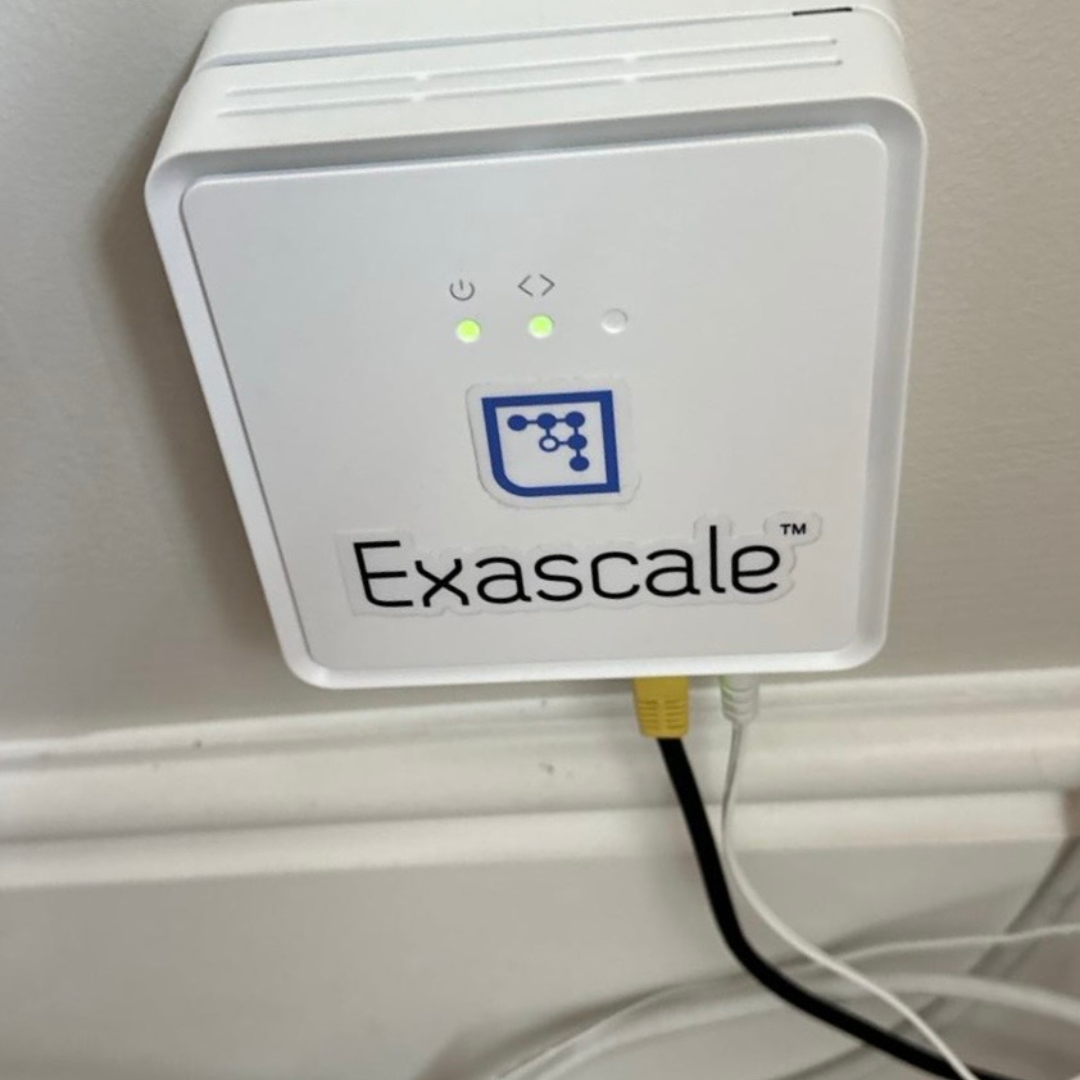
If you have fibre optic internet service installed at your home or business, you’ve likely seen a device called an ONT or ONU connected to the fiber line. But what exactly are these devices and what do they do?
ONT stands for Optical Network Terminal. An ONU stands for Optical Network Unit. They are essentially the same thing – customer premises equipment that serves as the termination point for a fibre optic network.
The ONT/ONU converts the optical signals transmitted over fibre optic cables into electrical signals that can be used by your home or business network and connected devices like computers, TVs, mobile phones etc. It acts as the demarcation point between the fibre provider’s network and your local area network.
Some key functions of an ONT/ONU include:
- Converting downstream optical signals to electrical signals for data, video, and voice services
- Converting upstream electrical signals from your devices to optical signals to send over the fibre network
- Providing one or more Ethernet ports to connect to a router or directly to devices
- Some models include ports for telephone (POTS) and cable TV connections
- Built-in router capability in some ONT/ONU models
The installation of an ONT/ONU is required anytime fibre optic cables are brought into a residential or business property. The fibre optic cable from the street terminates at this terminal, which serves as the entry point for fiber-based broadband into the customer’s premises network.
While they look like relatively simple network devices, ONTs and ONUs play a vital role in delivering high-speed fibre internet and other services to homes and businesses. Without these optical-electrical signal converters, we wouldn’t be able to utilise the incredible bandwidth of fibre optic networks.





